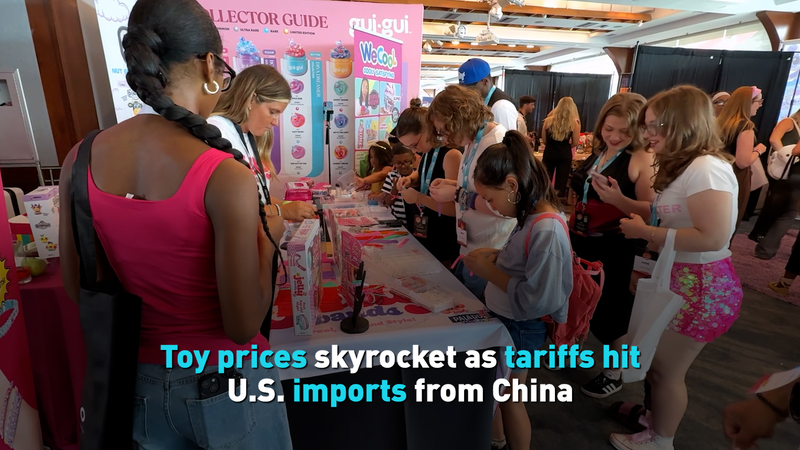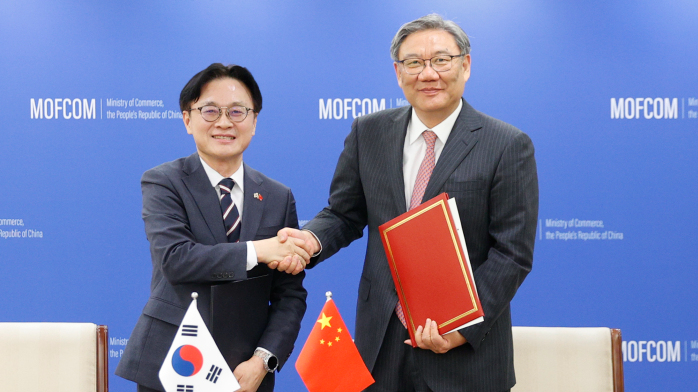The cost of fun is climbing fast for families and gift-givers in the U.S. New tariffs on imports from the Chinese mainland have put toy prices on an unprecedented upward trajectory.
Data shows nearly 80% of toys sold in the U.S. are produced on the Chinese mainland. In May alone, toy prices surged by 2.2% — the biggest monthly jump on record, far outpacing the overall inflation rate.
Even with a temporary pause on some tariffs, the effects are already hitting store shelves and online carts. Retailers are revising price tags ahead of the holiday season, a move that could turn budget-friendly gifts into splurges for young shoppers and families around the globe.
Whats Driving the Spike?
- Tariff Pressure: Additional duties on key toy components are pushing manufacturing costs higher.
- Global Supply Chains: Shipping delays and container shortages continue to add to the sticker shock.
- Inflation Ripple: As production costs rise, retailers pass expenses to consumers, widening the gap with general inflation.
The timing couldnt be tougher. With digital-savvy shoppers hunting for unique and sustainable gifts, the squeeze on affordability may shift purchase patterns toward local makers and startups. Entrepreneurs and thought leaders are exploring innovative materials and production methods to offset these costs — an opportunity that could reshape the toy market in the long run.
For sports fans and pop culture followers, pricier collectibles and limited-edition items could become even more exclusive. Meanwhile, travelers eyeing festive markets abroad might find better deals outside traditional supply routes.
As we head into the holiday stretch, the toy industrys next moves will be telling. Will alternatives to Chinese mainland manufacturing emerge? Can supply chains adapt fast enough to stabilize prices? One thing is clear: the cost of play is under the global microscope.
Reference(s):
cgtn.com




